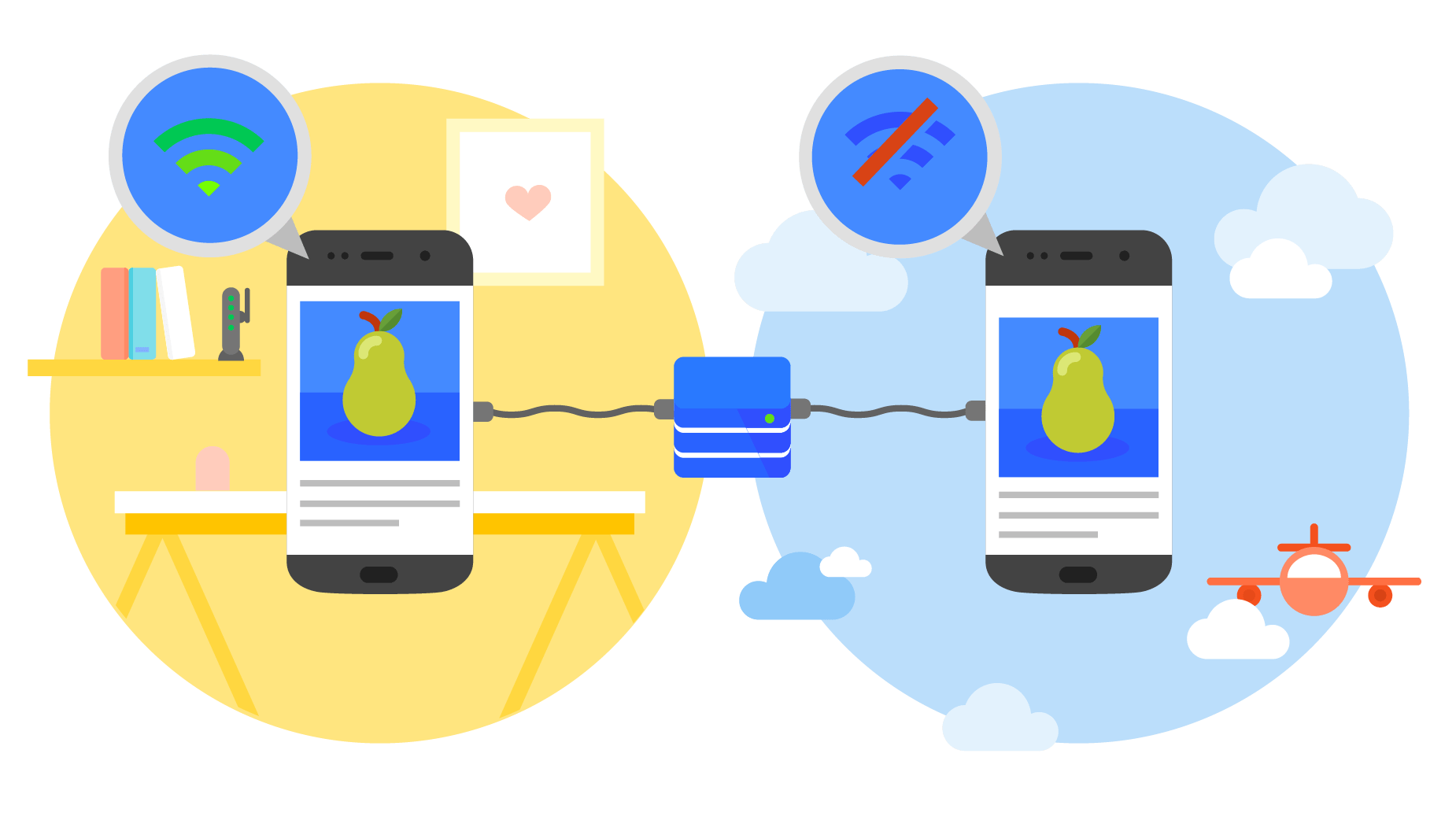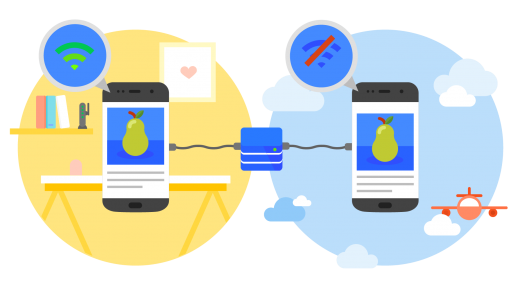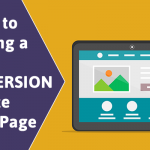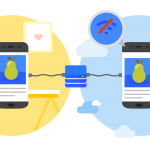When Less is More: The Case For Progressive Web Apps
When Less is More: The Case For Progressive Web Apps
by
Jonathan Campos , Op-Ed Contributor, February 8, 2018
As the world shifts toward everything being connected, mobile has become the default. Even in mobile, we cannot neglect the power and relevancy of the web. Through the continuous addition of new features and options, web sites own their place in the digital ecosystem. A relatively new software, Progressive Web Applications (PWAs) are bolstering the development and time to value for new web features, and are a key strategic tool in the mobile and digital landscape

PWAs combine features offered by most modern browsers with the benefits of a mobile experience. Although PWAs are regular web pages or websites, they can appear to the user as traditional applications or native mobile applications. They are
defined as user experiences that are reliable (near instant load times), fast (quick response to user interactions), and engaging (immersive app-like experience).
Key Features That PWAs Afford Mobile And Web Developers
Search engine ready: top listings for your application content
Leveraging the same SEO tools from the web, PWAs can be designed to maximize your search engine ranking. Modern web development techniques such as server-side pre-rendering provide the fastest rendering and the most crawlable content on the open web. Properly developed, PWAs rank highly on Bing, Yahoo, and Google search engines.
PWAs can also benefit from Google’s app indexing, which can offset their placement or ranking in the app store. To ensure that your PWA is recommended the source code must be edited with deep links in the header that leads to subpages within the application. These deep links should also be integrated into a site map to ensure bots and crawlers, such as Googlebot, are aware of them. Since PWAs can be shared with a simple link that can be opened within a browser, these links can also be indexed by search engines.
Home screen app-like icons: users may not notice the difference
When a user launches a PWA, they have the ability to add an icon to their device’s home screen, as they would with any native application. The user can launch and interact with the PWA just like any other installed application. Brand engagement increases in a personal and frictionless manner. Companies have reported conversion increases of three times more than standard website conversion rates.
PWAs will soon be added directly to desktop computers’ home screens. One PWA will run on a variety of mobile devices along with Linux, Mac OS, and Windows all with one code base, realizing the promise of “write once, run everywhere.”
Push notifications: not just for native apps
With new Push API and Notification API web specs, PWAs can receive notifications similar to native applications. Brands such as Lancome have reported a 17% increase in conversion rates and 53% increase in iOS mobile sessions versus their previous web applications that did not have push notifications. For brands with revenue-generating goals, push notification through PWAs offers another way to connect and encourage commerce. They are also an easy way to maintain communication with infrequent users.
Instant updates: skip the hassle and go direct
New code releases in closed Apple and Android environments often require review processes that can slow down release cycles. One key benefit of PWAs is that applications are updated automatically every time the user uses it. There are no app stores to go through and the developer regains control of releases.
Smaller footprint: only get the content that you need
PWAs can load specific features that the user actually uses, skipping a large singular install. Since PWAs significantly reduce the amount of data transmitted between application and server, developers can only load the necessary data — not the entire application, on startup.
With their small footprint, offline support, and use of background tasks to load data when appropriate, PWAs support data- and memory- constrained users. What’s more, with their low barrier to entry, fewer requirements for deployment, and ease of development, the ROI for PWAs designed for hyper-specific tasks will be much greater than the development of multiple native applications.
Looking Forward
PWAs are still considered an emerging technology, which means cross-browser support is still limited, and they are still missing native integration features, such as integration with some device specific APIs and services like Google Fit and Apple HealthKit. The bottom line is that the benefits far outweigh the limitations. Undoubtedly, PWAs are a key strategic tool in the mobile and digital landscape that will become a new de facto standard to meet app needs now and in the future.
MediaPost.com: Search Marketing Daily
(22)













